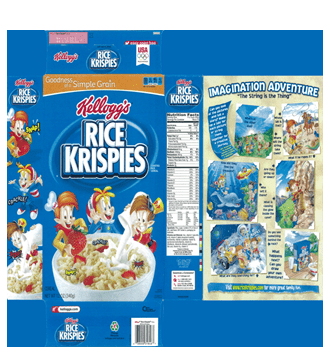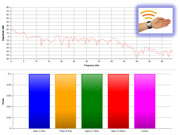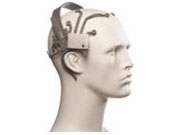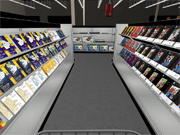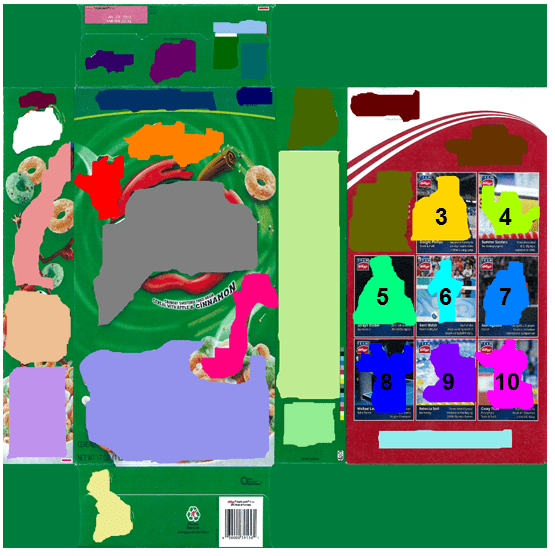
Mar
I remember receiving gifts as a child and animalistically ripping open carefully wrapped boxes to get at the contents inside. Honestly, I suppose I still do the same today on occasion. Although some thought has certainly gone into the wrapping of these gifts, often the packaging went—and still goes—unappreciated. The same can be said for packaging at the everyday level; many people think only about the chips inside the bag or the contents inside a shipping container, not about the complexity behind the development of the bag or the container themselves.
A whole field surrounds packaging regulation, testing and technology. In food packaging, a new technology called “nano-bricks” employs nanotechnology to more securely coat the plastics used in long-lasting foods and beverages. “Nano-bricks” are composed of some of the same soil ingredients used to make clay mixed with a variety of polymer materials. The resulting film is so thin the naked eye cannot see it, and when applied to plastics, it strengthens the plastic and improves barriers to oxygen and other gases, enabling sodas to retain their fizz longer and ready-to-eat meals (such as those used by the military) to last longer under extreme conditions.
At the same time, innovations in food package testing are changing the way we think about packaging. While “nano-bricks” are meant to provide a barrier, new testing is working to reveal the possible effects packaging may have on the food inside. IPS Testing of Wisconsin has developed a method that uses gas chromatography mass spectrometry (GCMS) methods and heavy metal analyses to test the safety of foods that have come in contact with various types of packaging materials. While many of the foods they’ve tested are clean, some have been found to contain known toxic substances, illustrating the importance of this sort of package testing.
When considering packaging testing in its most common and broadest sense, I would probably turn to shipping containers. Containers can travel on sea freight, airfreight, road transport, and rail, facing a variety of dangers to the contents inside of them. Assessment to check the fortitude of these containers includes vibration tests where different sorts of transportation vibrations are simulated in a lab with a mobile testing bench. In certain labs, cutting edge art vibration controllers are used to test packaging that are meant to reproduce real time and the non-continuity of vibrations in actual transit. Other technologies use darts to test the breaking point of laminated materials and other films.
There’s a whole world of packaging technology and packaging testing out there. Perhaps we should appreciate the box as much as whatever is inside.
Tags: market research, nano-bricks, package testing, packaging, packaging and market research, packaging technology, packaging testing, packaging testing and market research, technology
